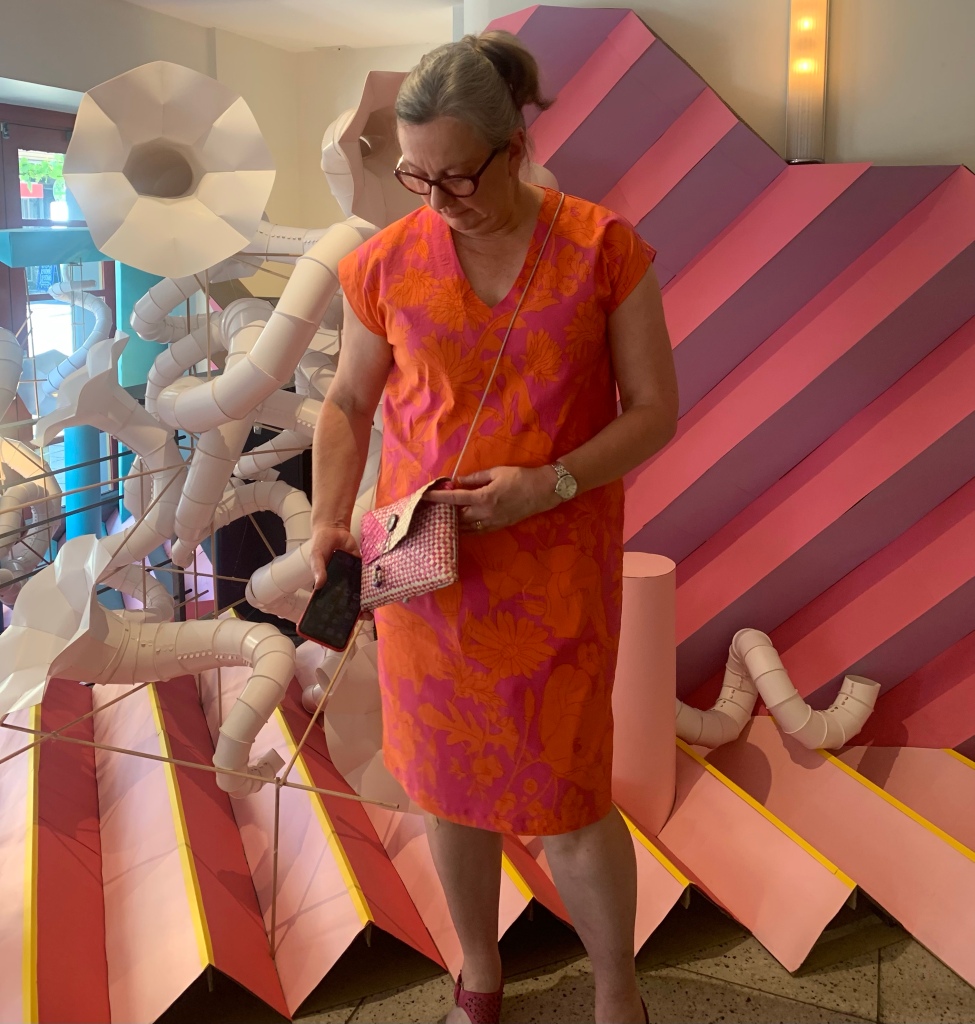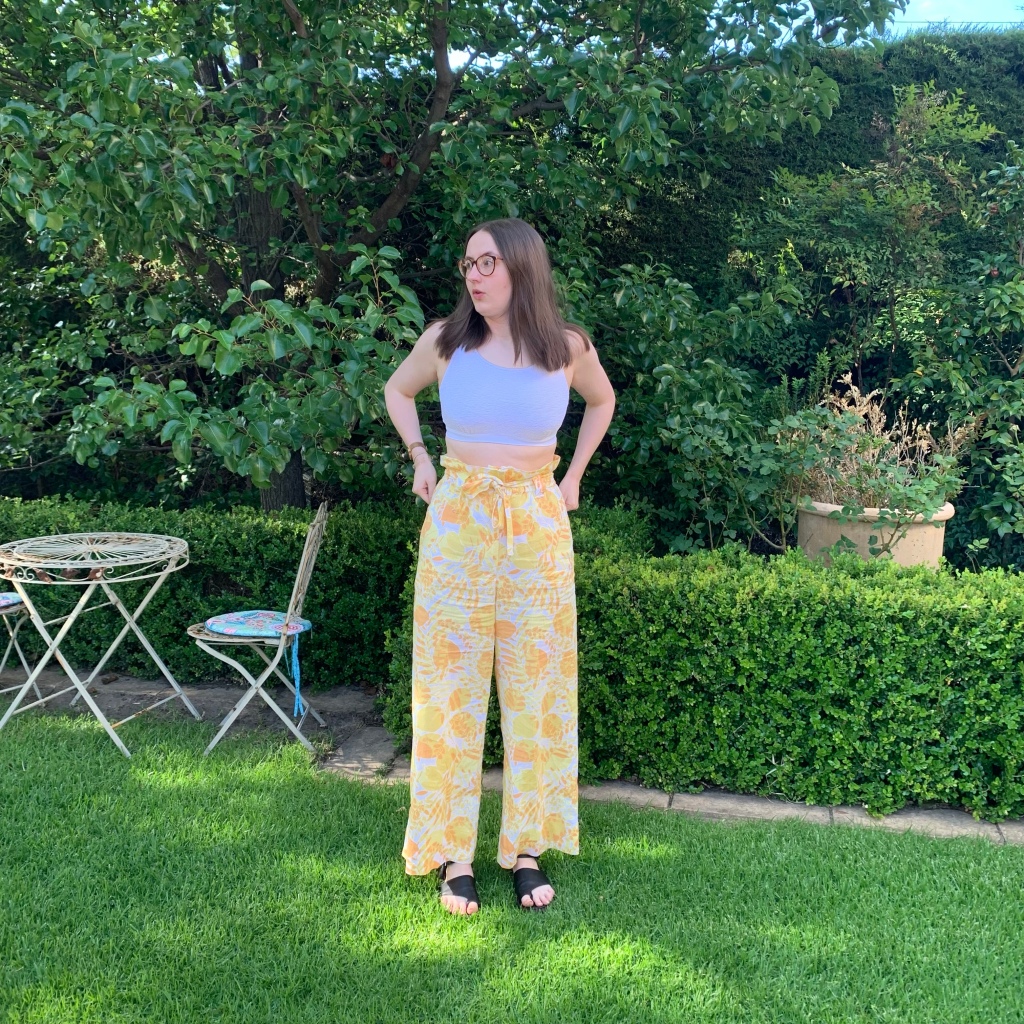A holiday in Italy in April. I’ll need a raincoat, won’t I? Surely it would be rainy? Spoiler alert: it was not.
Anywho. I made a raincoat.

This delightful aqua blue waterproof fabric was already in my stash and came from The Fabric Store’s closing down sale in Adelaide. All I needed was a pattern.
After much enjoyable research I settled on the Mundaring raincoat.

I like its simple shape, the roomy hood and that it is designed by a fellow Australian sewist.

Sizing is always the question. I went with an L. Even though it seemed a bit too big from flat pattern measurements I figured this would make it more versatile as a raincoat – can be worn over bulkier winter clothes. This meant it is a bit big over spring weight clothes – so probably not the smartest choice for a spring holiday when the weather was great. In fact who needs a raincoat when the weather is great?! Have I perhaps already said that?!

It was difficult to prevent puckering when sewing this nylon fabric, particularly when there were several layers. I resolved not to care too much. After all, it’s a raincoat not an evening dress!

This pattern is beautifully drafted, has amazing instructions and some clever construction details. Could not recommend more highly!

I waterproofed the seams with a flexible adhesive sealant I purchased at my local hardware store and now I can’t remember what it was. Luckily there is a lot of information about sealing seams in the pattern instructions!
I also can’t confirm if it worked because it didn’t rain enough. A little sprinkle for a short time period is not a proper test! But, can’t be mad about the lack of rain on a holiday.
The pockets are large and very well protected from rain with their flaps over their zips.

The zips and laps are great whether it’s raining or not – for storing stuff and not worrying about the stuff falling out when you take off the jacket or of being pickpocketed.

I love the storm flap at the back too.

Underneath the storm flap is a mesh panel for ventilation. I used a sportwear mesh that was a perfect colour match – a very lucky find at DK fabrics in Adelaide. I was sure I’d need to buy this specialist fabric online.

The coat is lined (you can see the lining through the mesh above). The lining was also in my stash – originally from The Fabric Store but purchased some time before the Adelaide store closed. It’s almost a perfect match for the outer fabric.

In another happy coincidence I had almost the perfect length open ended zip in my stash with a pleasing zip pull and in a colour that worked well with the lining.

I discovered that a waterproof jacket also makes an excellent lightweight windproof jacket. So it wasn’t a complete mistake to take it on holiday!

Despite not needing to wear this raincoat really at all, I am very pleased with it and it was so much fun to make. So that’s a win!

































































































































































